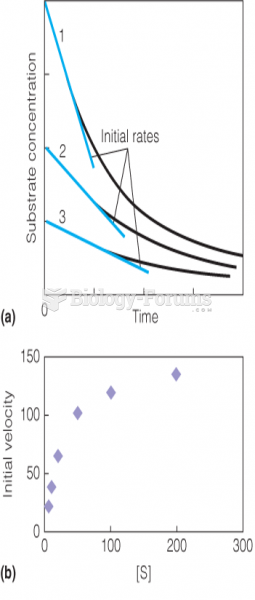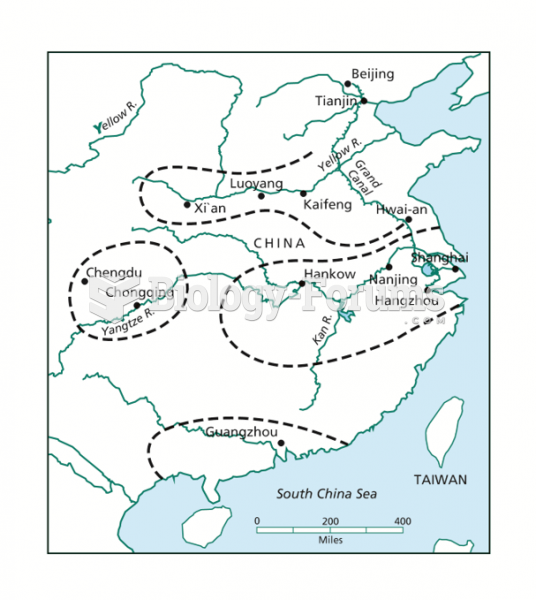Answer to Question 1
Transportation rates increase with distance but not in direct proportion to distance. This tapering-rate principle results from the carrier's ability to spread certain fixed shipment costs, such as loading, billing, and handling, over a greater number of miles. As noted by Edgar M. Hoover, a tapering rate in a one-source, one-market situation pulls the location to either the source or the market but not to a point in between.
A noted exception to the preceding rate structure is the blanket rate. The blanket rate does not increase with distance; it remains the same from one origin to all points in the blanket area. The carriers establish such rates to ensure a competitive price for a product in a given area, thereby ensuring demand for the product and its transportation. An example of a blanket rate would be the same rate on wine traveling from the West Coast to all points east of the Rocky Mountains, enabling the West Coast wine to compete with imported wines entering the East Coast.
The blanket rate eliminates any transportation cost advantage or disadvantage that companies associate with a given location. The blanket rate, then, is a mutation of the basic rate-distance relationship that eliminates the transportation rate as a locational determinant; it is the exception rather than the rule in transportation rates.
A specific blanket area is the commercial zone, the transportation definition of a particular city or town. It includes the municipality itself plus various surrounding areas. The commercial zone rates that carriers quote to a particular town or city also apply to points in the surrounding area within the commercial zone.
The commercial zone's locational impact appears near the end of the location decision process when a company selects a specific site. If the specific site is beyond the limits of a municipality's commercial zone, rates that apply to the city do not apply to the site. Also, a site outside the commercial zone reduces carrier availability, especially the availability of motor carriers that define their operating scopes in terms of point-to-point operations.
Answer to Question 2
Area test markets
Some 4050 small metropolitan areas throughout the United States are known to marketing research firms as having characteristics (e.g., demographics, socioeconomic status) that are representative of the country as a whole. A few (two or three) of these areas are randomly sampled to be test markets, in which the product is made available for purchase.
Electronic test markets
For these tests, a sample of those metropolitan areas is selected, and within each market, there are households designated to be test and others to be control.. Given the tighter constraints, the validity of the electronic test market dominates that of the area test market, and yet the marketer still doesn't have everything under control.
Simulated test markets
These tests resemble the earlier product tests but are fleshed out in full glory: the product is real, not a prototype. A customer is recruited (e.g., via a mall-intercept) to go to an office (in the mall) where he is given play money and has an opportunity to buy the new product, which is offered among competitors' or related products.







